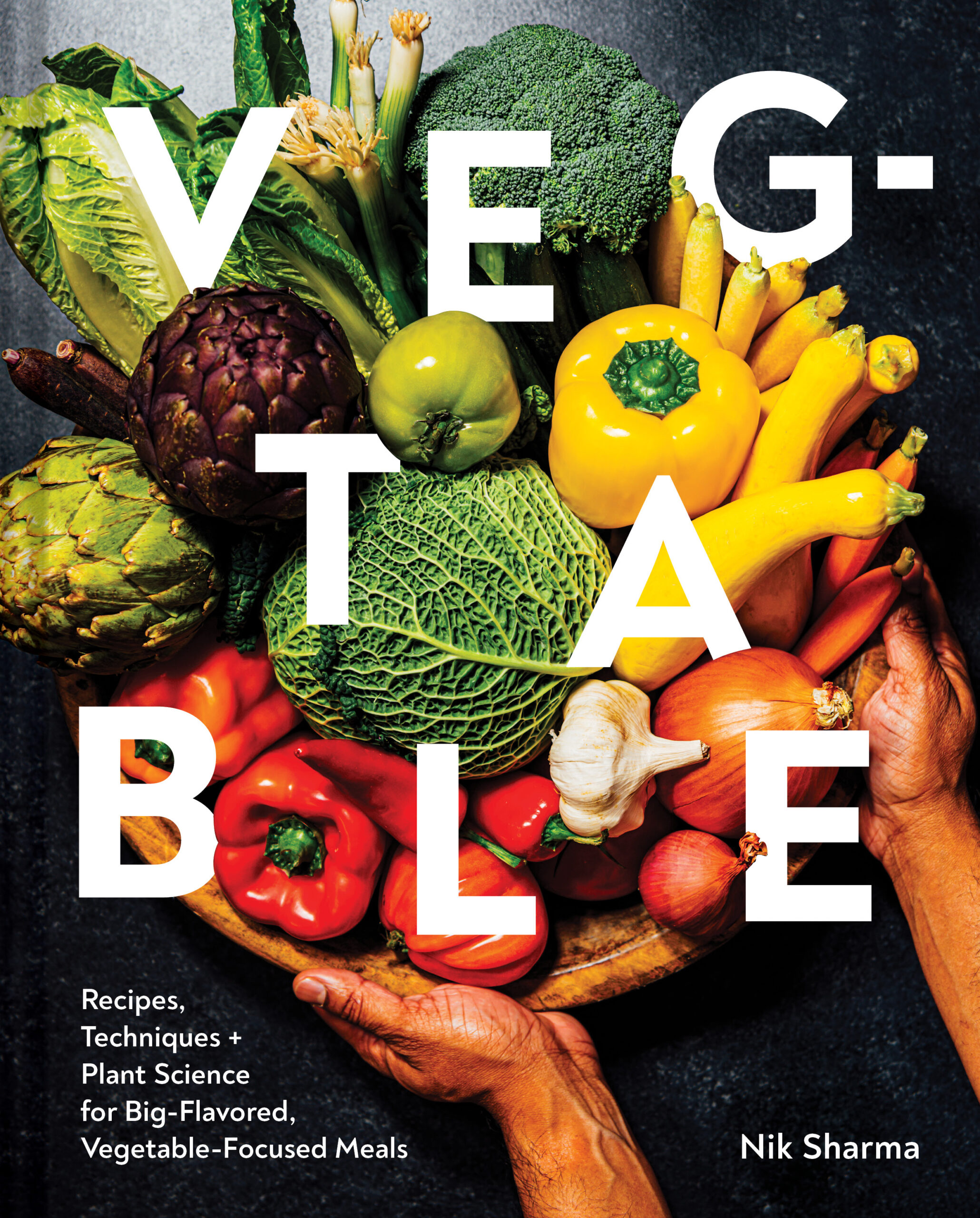Don’t forget to make the chole that accompanies this fantastic bread.


Bhaturae
5 Stars 4 Stars 3 Stars 2 Stars 1 Star
No reviews
Bhaturae (singular: Bhatura, some folk also refer to them as bhaturas/plural) are one of the most glorious breads eaten in India and they’re always eaten with a side of the warm chickpea stew, chole. Bhaturas are a type of leavened deep-fried bread that is made using baking powder and yogurt. The yogurt helps with the softer texture and fermentation and leaves a delicious tangy taste, making this bread a pure delight. Besides, the chole, I’ll also serve a bowl of lightly salted yogurt with it.
- Yield: 14
Ingredients
For the Starter
1/2 cup/70 g all-purpose flour
1/2 cup/120 g plain yogurt
1 Tbsp sugar
For the Dough
1 3/4 cups/245 g all-purpose flour
1/2 tsp fine sea salt
1/2 tsp baking powder
2 Tbsp neutral oil, such as grapeseed oil
1/4 cup/60 ml water at 110F/43C
neutral oil such as grapeseed for frying
Instructions
- Prepare the starter by mixing the 1/2 cup [70g] all-purpose flour, yogurt, and sugar to form a smooth mixture with a fork until there are no lumps in a small container. Cover with a lid and leave aside to ferment in a warm spot (preferably at 110F/43C) for at least 16 hours, maximum of 24 hours. The starter will smell pleasantly sour, like fresh yogurt.
- The next day, when ready to prepare the dough, sift the 1 3/4 cups [245g] of all-purpose flour, salt, and baking powder over the bowl of a stand mixer. Dry whisk the mixture with the paddle attachment using low speed to mix the ingredients. Add the starter to the flour and set the speed to low; add the 2 Tbsp oil, then slowly add the water, 1 Tbsp at a time, until the dough starts to come together. Remove the paddle attachment and switch to the dough hook. Continue to knead the dough for 8 minutes on low speed, until it turns smooth and pliable. Stop the mixer, scrape the dough from the bowl, and transfer to a lightly floured surface. Shape the dough into a large ball, cover with a bowl or damp kitchen towel, and let the dough rest for 3 hours.
- Once the dough is rested, divide the dough into 14 equal parts by weight and shape each into a small ball. Roll each ball of dough into a flat 5 in/12 cm circle.
- While the bread is rolled out, heat the oil in a medium saucepan, kadai, or wok over medium-high heat. Set a tray or large plate lined with a wire rack, absorbent paper, or kitchen towels. When the oil reaches 350F[180C] as read on an instant-read digital thermometer, add one piece of rolled-out circle of dough into the hot oil; the bread will rise to the top and start to turn puffy. As the bread cooks, use a slotted spoon to apply gentle pressure and submerge the bread under the oil, forcing the air inside the bread to expand and puff the bread up. Once the bread puffs up, about 1 minute, flip the bread and cook on the second side until it puffs up like a big balloon, about 45 seconds. Remove the fried bread and transfer it to the tray. The bread should have a light golden brown color. Serve immediately or keep warm until ready to eat.
Notes
- Do not use a spider when maneuvering the bhaturas in the hot oil; the spiky edges, as I learned, will rip the puffy tops of the bread. A smooth rounded slotted spoon is your friend here.
- For a crispier texture, substitute 1/2 cup/70 g of the all-purpose flour used in the starter with 1/2 cup/80 g semolina.
- I’m using a temperature of 110F/43C because this is the best temperature at which lactobacilli in yogurt grow (see Homemade Yogurt).
- The combined action of heat, baking powder, and carbon dioxide produced by the lactobacilli fermentation will help the bread turn puffy.
- Keeping the bread submerged by applying gentle pressure using the slotted spoon will help increase the puffiness of the bread. If the puffiness is uneven on the surface, press the puffy sides to help the flat sides puff up even more. Sifting the dry ingredients before they meet the wet ingredients helps to mix the baking powder all through to help with puffiness.
- The ideal color for a bhatura is light golden brown. If you look at my last photo above in the panel, you could go a shade lighter (I like that little speckled look on my bhaturas).
- Author: Nik Sharma



